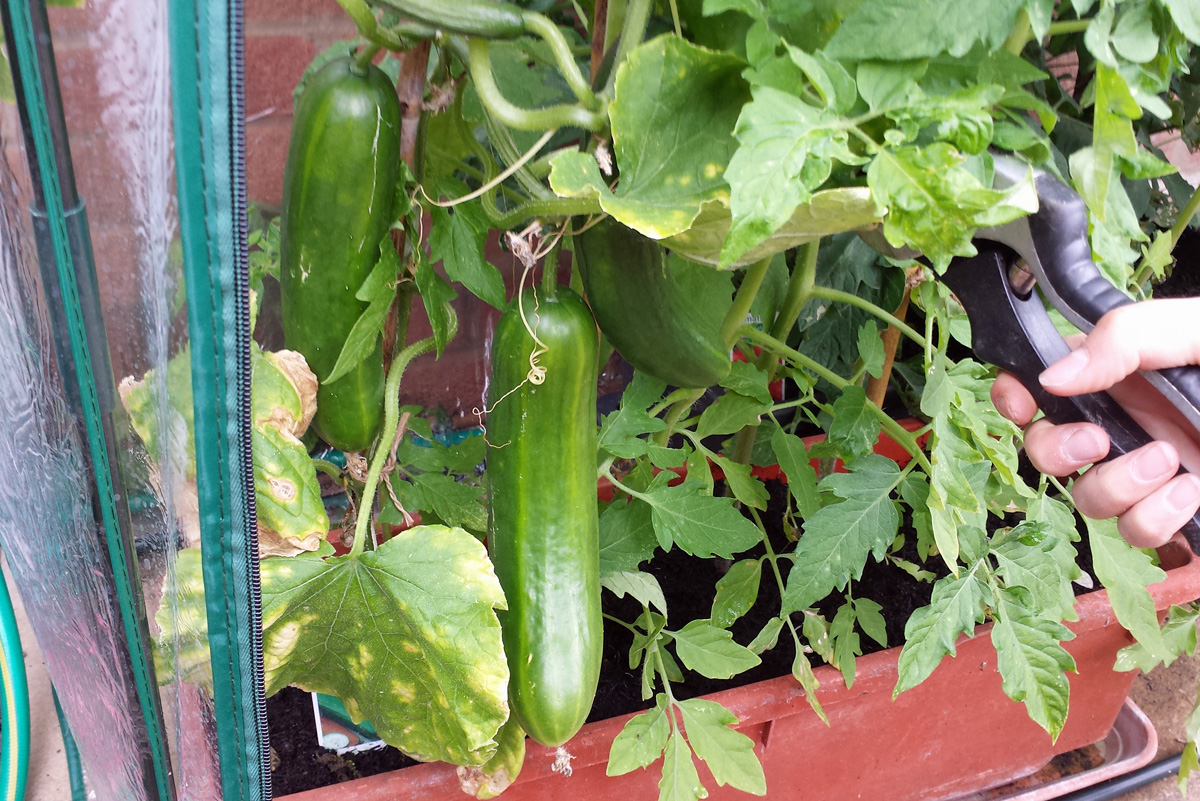Anyone concerned with sustainable living will at some point sooner or later come across the concept of permaculture. Permaculture is notoriously difficult to define, but the term is a portmanteau of the words ‘permanent,’ and ‘agriculture,’ although it was later expanded to include ‘culture,’ as it encompasses much more than just agriculture. Permaculture was started in Australia in the 1970s by David Holmgren, who was a graduate student at the time, and Bill Mollison, who was his professor.
What Is Permaculture?
The essence of permaculture is designing landscapes that prove beneficial and harmonious to plants, animals, soil, and people. Permaculturists aim to create lasting and self-sustaining agricultural landscapes that produce their own fertility.
You can get a firm understanding of the ethos behind permaculture when you compare it to modern agriculture. Modern agriculture is defined by the production of a single crop in an area, known as a monoculture. There is a heavy reliance on chemical fertilizers, pesticides, fungicides, and a whole array of other toxic chemicals that deplete the soil over time.
Read more: happydiyhome
It’s Time to Go Green!
If you would like to know more about Solar Panels and the PowerBanx range of home battery systems, and get a free instant quote, please complete our online form:






